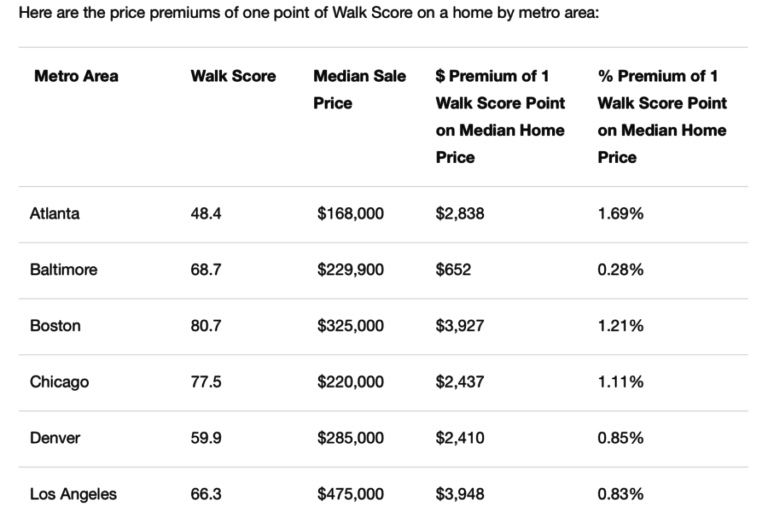Increase in housing supply is not a silver-bullet answer for displacement, but let’s not dismiss it as a means of addressing specific price increases.
Last month I had the privilege of representing ThreadATL on a panel discussion about gentrification in Atlanta, hosted by the Center for Civic Innovation. The event was called “Who is Atlanta Building For?” — it drew a big crowd and spurred some spirited discussion.
The panelists were: LeJuano Varnell, Historic District Development Corporation; Dan Immergluck, Georgia State University Urban Studies Institute; Darin Givens, Thread ATL; Che Watkins, Center for Working Families; and Kate Little, Georgia Advancing Communities Together. The moderator was Thomas Wheatley of Atlanta Magazine.
The room was packed, which shows how important this issue is to Atlantans. This was my view of the crowd from the panel:

You can see a recap of the discussion on the CCI website, along with a video. As I suspected beforehand, I didn’t have much to add to this talk. It ended up being focused on fairly wonky (but fascinating) policy issues. The best I can say about my participation is that I had a chance to listen and learn.
Nonetheless, I’d like to respond to a comment that came up from one of the panelists— that increasing the supply of housing in itself is not a way of keeping homes affordable. It’s an important point to make. Successfully addressing affordability challenges and housing insecurity will require the use of an arsenal of tools, such as inclusionary zoning, rent control, rent assistance, land trusts and more. There is no single silver-bullet solution such as increased delivery of market-rate housing units.
And yet, while overall an increase in supply is not a singular answer for housing insecurity and displacement, I think it’s wrong to dismiss it as a means of addressing price increases in some specific instances.
An analysis from real estate company Redfin shows a clear link between the availability of walkable communities in a region (as measured by Walk Score) and the home prices within those communities.

Meaning: if a region has a low supply of urban places inviting to pedestrians — and that have amenities easily reachable on foot — then the homes within that limited supply are more likely to have a high price tag.
The analysis found that that one single Walk Score point (like going from a score of 50 to 51 for a neighborhood) can increase the price of a home by an average of $3,250 or 0.9 percent.
But that’s a national average. Look at this chart of the places that experience the highest level of home-price increase for each added point in Walk Score. At the top: Atlanta.
This means that, when we measure the increase of walkable amenities in a neighborhood, Atlanta is the place where increases in those measured increments are having the biggest effect on home prices, sending them further upward. There are likely multiple reasons behind this, but one that Redfin points out is particularly important: limited supply. As the report states: “Outside of Midtown, walkable homes are a rarity in Atlanta.”
As gentrification in intown neighborhoods occurs, wealthier new residents are changing the demographics that commercial investors examine when deciding where to open businesses, creating desirable markets for certain businesses where none existed previously — and increasing land value through the introduction of new amenities near homes. Communities that were once hit by discriminatory practices such as redlining are now being hit again by investments that target wealthy newcomers.
That change in the overall residential/commercial environment is creating demand on all sides. It seems like finding a way to increase the number of housing units in these newly-valuable, walkable environments, without exacerbating the ill effects of gentrification through the addition of yet new amenities, is a concept that deserves a place in the conversation.
